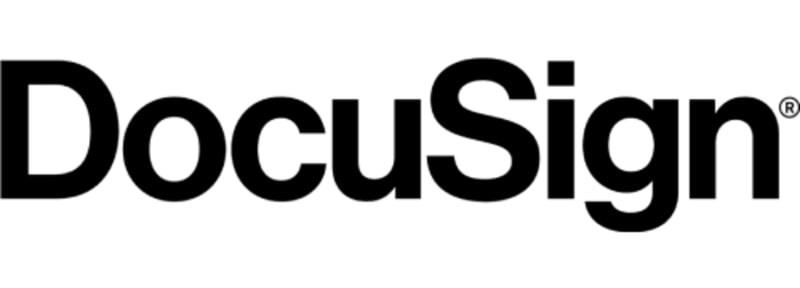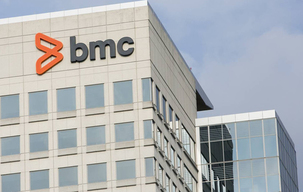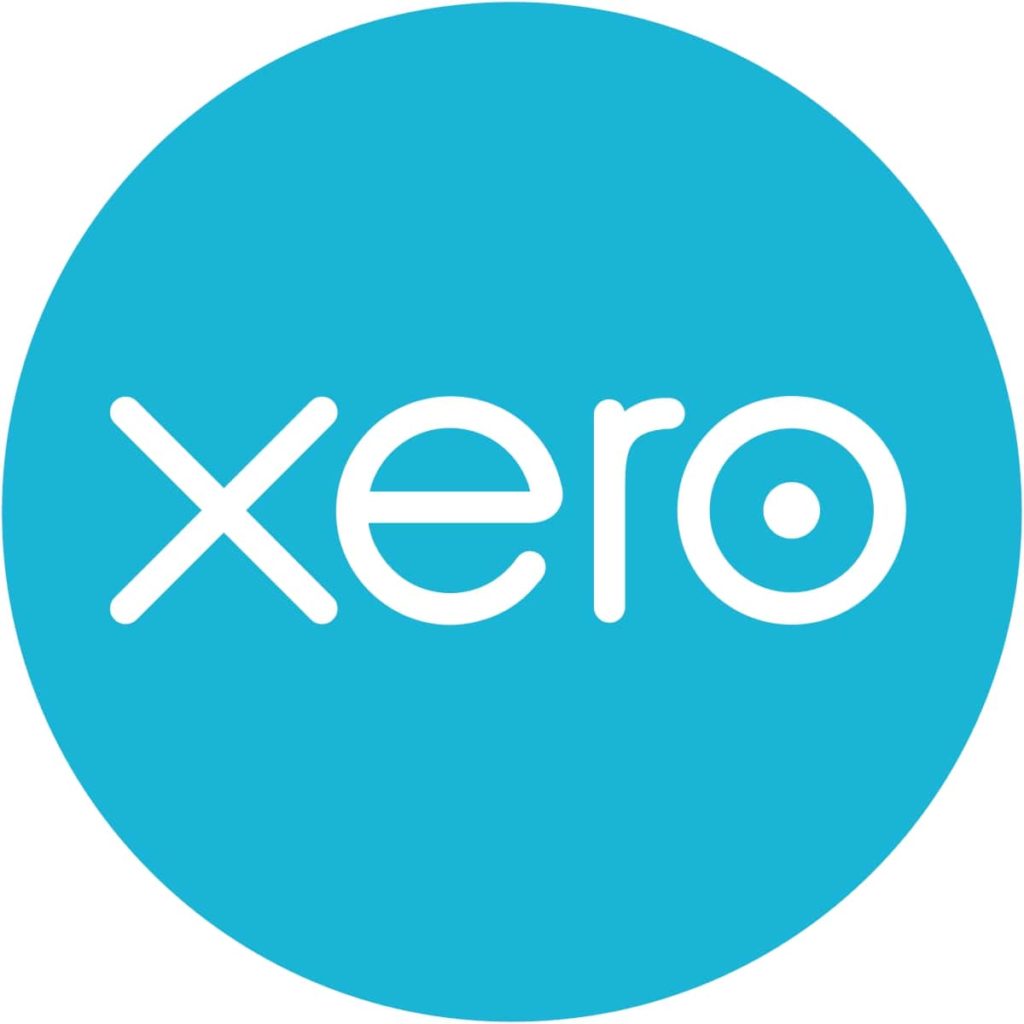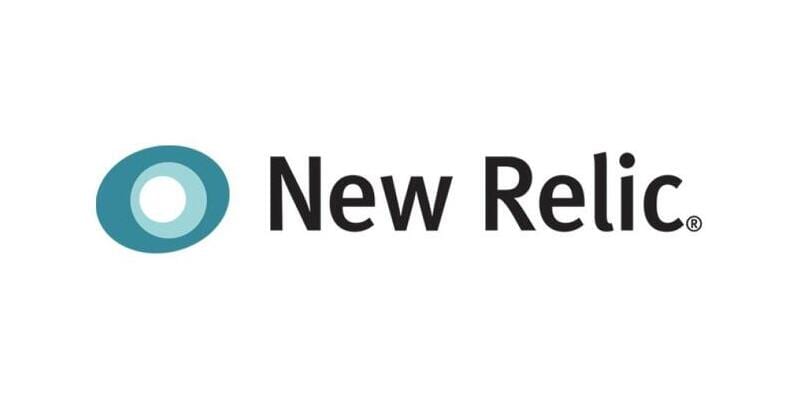LogMeIn – World’s Largest SaaS Company Making Work-From-Home Easier for Companies.
Today every company and firm has opted for the work from home scenario. And looking at the current circumstances, it may be a lasting trend for most of the companies. Though this is a new way of working, a company named LogMeIn has been the promoter of work-from-home even before the pandemic had hit the world. The company has been providing its remote work tools even before the Covid-19 pandemic. LogMeIn is an eighteen years old company providing software as a service and cloud-based remote-work tools for its clients worldwide. It offers its services to almost every size company, such as they can communicate and collaborate from anywhere to achieve their business goals, using any internet-connected devices.
LogMeIn deals in three major categories, i.e., Unified Communications & Collaboration services, Identity & Access Management services, and Customer engagement & support services.
About The Company
LogMeIn is a software company founded in 2003 in Budapest, Hungary. The company provides cloud-based software as a service (SaaS) remote work tools to its customers. The company headquarters is based in Boston, Massachusetts, and about 4000 people are working for the company globally. As of 2019, LogMeIn made revenues worth US$1.262 billion.
LogMeIn is a privately held company, and GoTo, LastPass, Rescue, Central are some of its popular products. The company promotes a remote-centric workplace through its variety of software, helping companies be more productive and enabling flexible hours.
GoToConnect, GoToMeeting, GoToRoom, GoToWebinar, GoToTraining, LogMeIn Central, LogMeIn Pro, GoToMyPC, and Grasshopper are some of the company’s most loved software helping its customers better connect and work remotely securely. Comcast, Dyson, Facebook, Johnson&Johnson, SalesForce and TheNorthFace are some of its major clients.

The Founding of LogMeIn
LogMeIn was founded as 3 am Labs in 2003 in Budapest. Later, in 2006, the name of the company was changed to LogMeIn. As soon as the company was founded, it started its growth through acquisitions. It first acquired Hamachi VPN product. In 2009 the company had its first IPO on NASDAQ. The company started to merge cloud computing with its products in 2011 and acquired Pachube. The merger resulted in the launch of IoT services under the brand name Xively.
In 2012, LogMeIn acquired Bold Software, and in 2014, it overtook the operations of Ionia Corp and Meldium. The company launched one of its revolutionary products, Rescue Lens, in 2015. The software provided video assistance to the customers on iOS and Android devices. The same year, LogMeIn also acquired the password management software LastPass for a sum of $110 Million. It also had a merger with Citrix that to acquire the rights of GoTo Family in 2016. In the following years, the company acquired names like Nanorep (2017) and Jive Communications (2018).
In August 2020, Francisco Partners and Elliott Management Corporation acquired LogMeIn. This also led to the delisting of the company from NASDAQ, and it became a private company.
The CEO At LogMeIn
William R (Bill) Wagner is the current CEO of LogMeIn. He has got a B.A. degree in History from Lafayette College, as well as an M.B.A. from The Wharton School of Business. In 1998, Wanger joined AT&T as the Marketing Director. He then started to work as the Chief Marketing Officer at Fiberlink Communications. In 2006 Wanger joined Vocus as the Chief Marketing Officer and later became the Chief Operating Officer of the same company. In April 2013, he became the President and Chief Operating Officer of LogMeIn and then was promoted to CEO in 2015. Wanger is also a member of the board of directors of companies like ChurnZero, Akamai Technologies, and BUILD Boston.

Yashica is a Software Engineer turned Content Writer, who loves to write on social causes and expertise in writing technical stuff. She loves to watch movies and explore new places. She believes that you need to live once before you die. So experimenting with her life and career choices, she is trying to live her life to the fullest.





